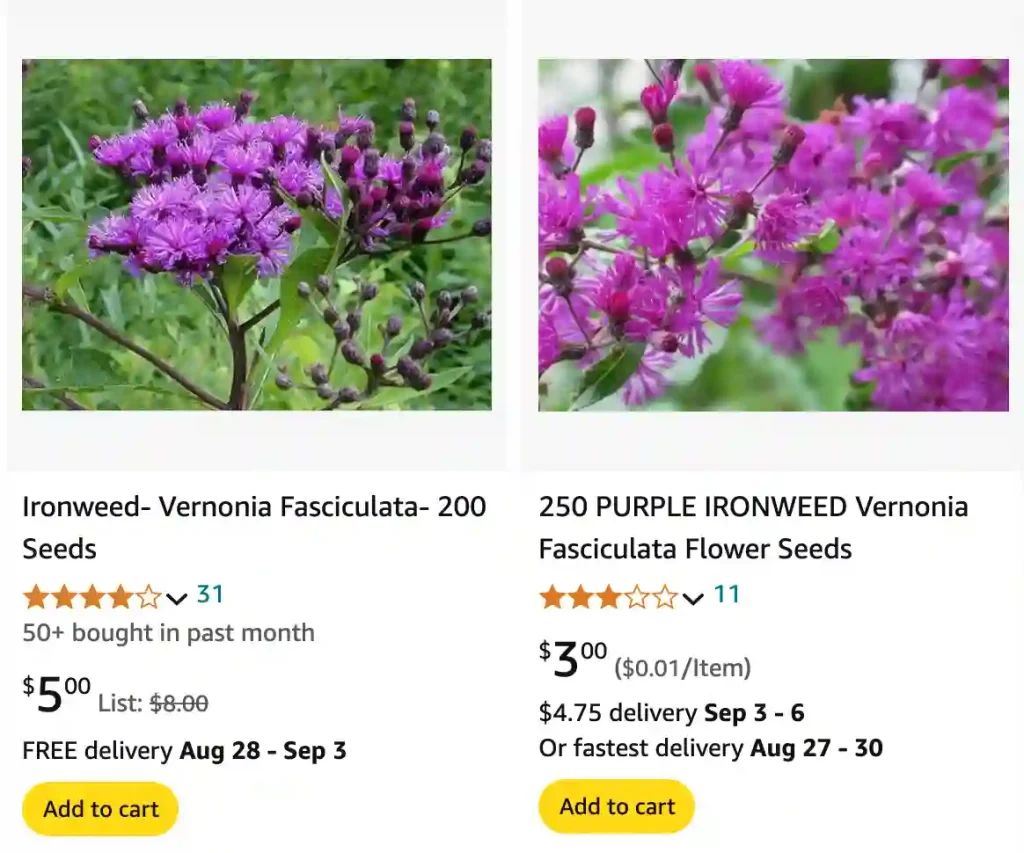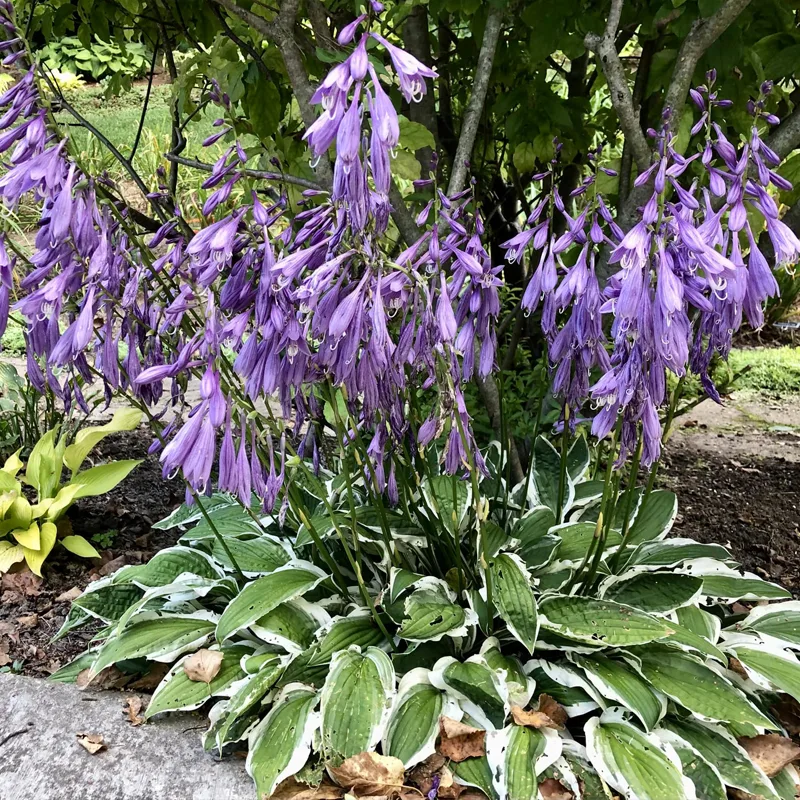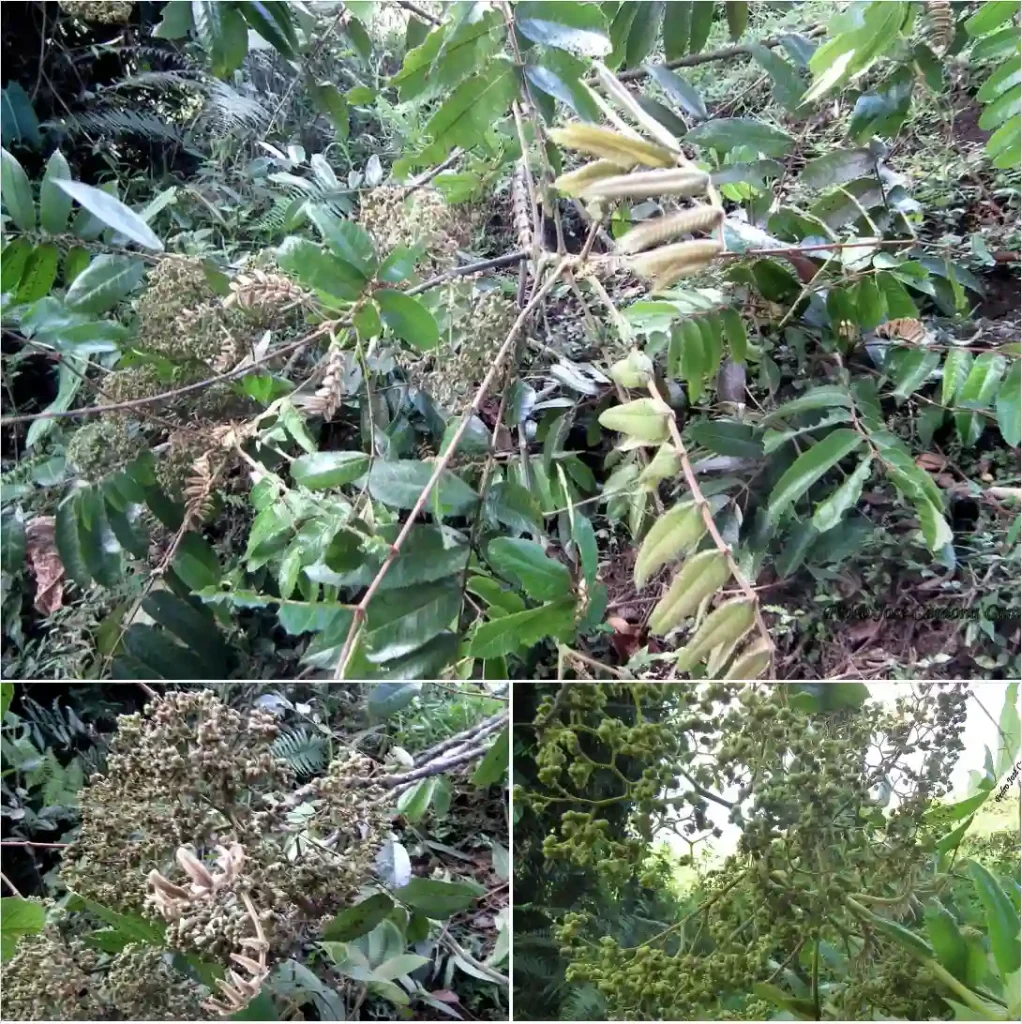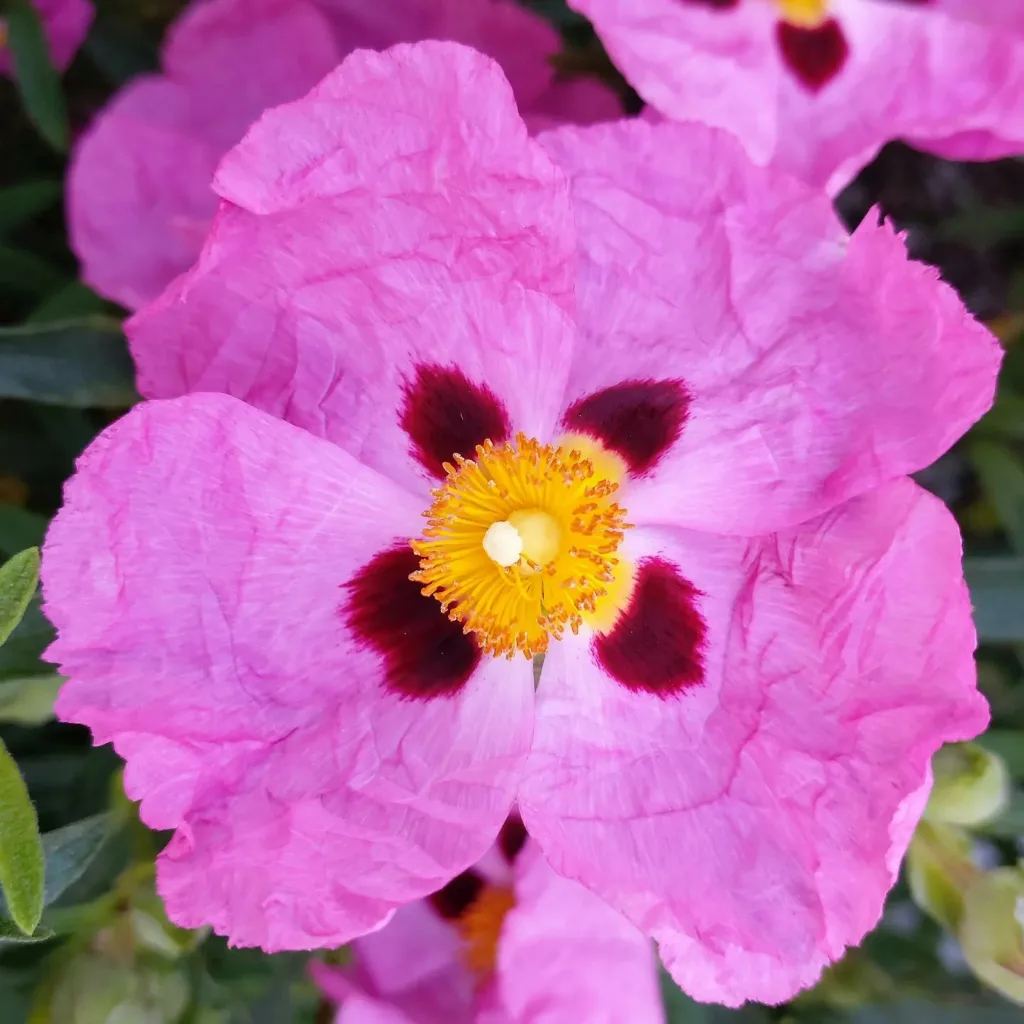
Ironweed: Answers to Your Most Common Questions
Ironweed, known scientifically as Vernonia, is a fascinating plant with a host of unique features and uses. As someone who’s dived deep into the world of gardening and plant care, I’ve gathered answers to some frequently asked questions about Ironweed. From its invasiveness to its edibility, here’s a comprehensive guide to help you understand this robust plant.
339 Species in Genus Vernonia
What is Ironweed?
Ironweed refers to several species within the Vernonia genus, featured is Vernonia Fasciculata. These hardy plants are native to North America and are celebrated for their vibrant purple or reddish flowers that add a splash of color to any garden. Ironweed thrives in various soil types and can grow in full sun to partial shade. Its ability to adapt makes it a versatile choice for gardeners looking to add a bit of wild beauty to their landscapes.
Is Ironweed Invasive?
Ironweed can be invasive in certain conditions. It’s known for its vigorous growth and spreading habit, which can sometimes outcompete other plants. If you’re planting Ironweed, especially in areas where it might spread uncontrollably, it’s wise to keep an eye on its growth and manage it accordingly to prevent it from overtaking your garden.
Is Ironweed Edible?
Ironweed is not typically grown for culinary purposes, and its edibility is not well-documented. Although some wild foragers might use parts of the plant in traditional remedies, it’s best to avoid consuming Ironweed unless you have expert knowledge and guidance.
What is Ironweed Good For?
Ironweed has several benefits beyond its aesthetic appeal. It’s a valuable addition to pollinator gardens, as its flowers attract bees, butterflies, and other beneficial insects. Additionally, Ironweed is known for its ability to thrive in poor soil conditions, making it a great choice for stabilizing soil and preventing erosion.
When Does Ironweed Bloom?
Ironweed usually blooms from late summer to early fall, often around August to October. The plant’s vibrant flowers provide a stunning contrast against the autumnal landscape and offer a late-season food source for pollinators.
Do Deer Eat Ironweed?
Deer tend to avoid Ironweed. Its tough, often somewhat bitter foliage is not particularly appealing to these herbivores. If you’re dealing with a deer problem in your garden, Ironweed can be a good choice for adding color without attracting unwanted attention from deer.
How to Collect Ironweed Seeds
Collecting Ironweed seeds is relatively straightforward. Wait until the flowers have faded and the seed heads have dried on the plant. Gently shake or tap the seed heads over a container to release the seeds. Be sure to store them in a cool, dry place until you’re ready to plant them.
How to Get Rid of Ironweed
If Ironweed becomes too invasive or needs to be removed, there are a few methods to consider. Manual removal involves digging up the plant and its root system, ensuring that you get all the roots to prevent regrowth. Herbicides can also be effective but should be used with caution to avoid damaging surrounding plants.
How to Propagate Ironweed
Ironweed can be propagated through seeds or division. To propagate by seed, sow the seeds in early spring or late fall directly into the soil or start them indoors. For propagation by division, dig up established plants in early spring or fall and separate the root clumps before replanting.
Is Ironweed a Perennial?
Yes, Ironweed is a perennial plant. It returns year after year, making it a dependable choice for long-term garden planning. Its robustness and ability to thrive in less-than-ideal conditions contribute to its popularity among gardeners.
Ironweed vs. Joe Pye Weed
Ironweed and Joe Pye Weed (Eutrochium spp.) are often compared due to their similar habitat preferences and appearance. While both attract pollinators and have a tall, sturdy growth habit, Ironweed typically has narrower, lance-shaped leaves and darker purple flowers, whereas Joe Pye Weed features broader leaves and lighter pink to lavender flowers. Joe Pye Weed also tends to be more tolerant of wet soils.
Ironweed vs. Milkweed
Ironweed and Milkweed (Asclepias spp.) serve different purposes in the garden. Milkweed is particularly known for attracting Monarch butterflies, which lay their eggs on the plant. Ironweed, on the other hand, is more versatile in its attraction of various pollinators. While both plants offer significant ecological benefits, Milkweed is often more specific in its caterpillar-hosting role.
How to Care for Ironweed
Caring for Ironweed is relatively easy. It prefers well-drained soil and full sun to partial shade. Water it regularly, especially during dry periods, but avoid overwatering. Ironweed is relatively low-maintenance and doesn’t require frequent fertilization. Pruning can help manage its spread and maintain a tidy appearance.
What to Plant With Ironweed
Ironweed pairs well with other late-blooming perennials such as asters, coneflowers, and black-eyed Susans. These companions complement its color and extend the blooming season in your garden. Grasses like feather reed grass or little bluestem also provide a nice contrast in texture.
Is Ironweed Toxic?
Ironweed is not generally considered toxic to humans or pets. However, as with many plants, it’s a good idea to keep an eye on young children and animals to prevent them from chewing on the plant. Always consult with a local expert if you have concerns about potential toxicity.
Common Problems with Ironweed
One common issue with Ironweed is its tendency to become invasive if not managed properly. Additionally, it can sometimes suffer from powdery mildew in humid conditions. Ensuring good air circulation and proper spacing between plants can help mitigate these problems.
Ironweed is a resilient and beautiful plant with many benefits. Understanding its characteristics and how to manage it effectively can help you make the most of its vibrant presence in your garden.
If i die, water my plants!



